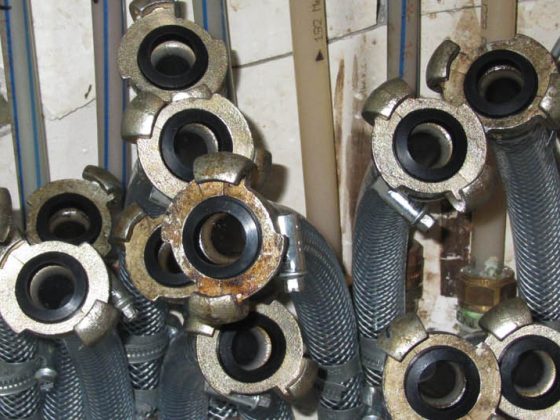Purpose: Previously published results of the ENCHANTED (Enhanced Control of Hypertension and Thrombolysis) trial indicate whether low-dose intravenous alteplase (0.6 mg/kg/KG; standard dose 0.9 mg/kg/KG) improves the outcome of patients with ischemic stroke and is associated with a reduced risk of bleeding.
Background- Drug thrombolysis with intravenous alteplase at a dose of 0.9 mg/kg/KG is an effective therapy in patients with acute ischemic stroke. This is despite the associated increased intracerebral hemorrhage risk. In Japan, the alteplase dose of 0.6 mg/kg/KG has been approved since an uncontrolled open-label Japanese study demonstrated equivalent clinical outcome and lower intracerebral hemorrhage risk [1]. Other Asian registry studies found inconsistent results, registry studies in the United States found a high risk of symptomatic intracerebral hemorrhage in Asian patients treated with a 0.9 mg/kg/KG dose of alteplase [2,3,4]. Because of different perceived alteplase bleeding risks and variable affordability, different doses of intravenous alteplase have been used in acute ischemic stroke in Asia.
PATIENTS AND METHODS: This is an international, multicenter, prospective, randomized, open-label study with blinded outcome evaluation. Two doses of intravenous alteplase, administered within 4.5 hours of symptom onset, were compared in the treatment of patients with acute ischemic stroke.
Results: The study showed no non-inferiority (p=0.51) of alteplase-low dose [53,2% (855/1607)] versus alteplase-standard dose [51,1% (817/1599)] regarding death and disability at 90 days (odds ratio 1.09; 95% confidence interval 0.95-1.25). Only in the analysis of ordinal scores of the modified Rankin Disability Scale was low-dose alteplase significantly noninferior (p=0.04, unadjusted joint odds ratio 1.0; confidence interval 0.89-1.13). There were significantly (p=0.01) fewer symptomatic intracerebral hemorrhages (1% vs. 2.1%) and fatal events within 7 days (0.5% vs. 1.5%), respectively, in the low-dose alteplase group. There was no significantly higher death rate at 90 days in the standard dose group (10.3% vs. 8.5; p=0.07).
Authors’ conclusions: an alteplase dose of 0.6 mg/kg/KG proved noninferior in terms of death and disability at 90 days compared with the standard dose of 0.9 mg/kg/KG. Fewer patients in the low-dose alteplase group experienced symptomatic intracerebral hemorrhage. Sampling biases included inclusion of patients with predominantly mild neurologic deficits and high time latency to randomization compared with other studies. The high proportion of Asians included calls into question the generalizability of the data.
Comment: This large, randomized trial based on the concept of non-inferiority shows solid data from well-matched groups. Outcome data are available from 97.2% of patients and are blinded. The study included 63.2% Asians, 38% women, and 14% >80-year-olds. 3.8% of patients received adjunctive endovascular therapy and 1/6 had proximal vessel occlusion. Intracerebral hemorrhage caused prompt death. After 90 days, mortality was comparable in both groups. Death and disability were also found to be no different in the predefined subgroups (including comparison of Asians vs non-Asians); however, with low statistical power. The study suggests that when benefits and risks are considered, there is no convincing evidence to support the use of a low-dose alteplase in Asians or other populations.
Literature:
- Yamaguchi T, et al: Alteplase at 0.6 mg/kg for acute ischemic stroke within 3 hours of onset: Japan Alteplase Clinical Trial (J-ACT). Stroke 2006; 37: 1810-1815.
- Ramaiah SS, Yan B: Low-dose tissue plasminogen activator and standard-dose tissue plasminogen activator in acute ischemic stroke in Asian populations: a review. Cerebrovasc Dis 2013; 36: 161-166.
- Chao A-C, et al: Different doses of recombinant tissue-type plasminogen activator for acute stroke in Chinese patients. Stroke 2014; 45: 2359-2365.
- Menon BK, et al: Risk score for intracranial hemorrhage in patients with acute ischemic stroke treated with intravenous tissue-type plasminogen activator. Stroke 2012; 43: 2293-2299.
InFo NEUROLOGY & PSYCHIATRY 2016; 38











